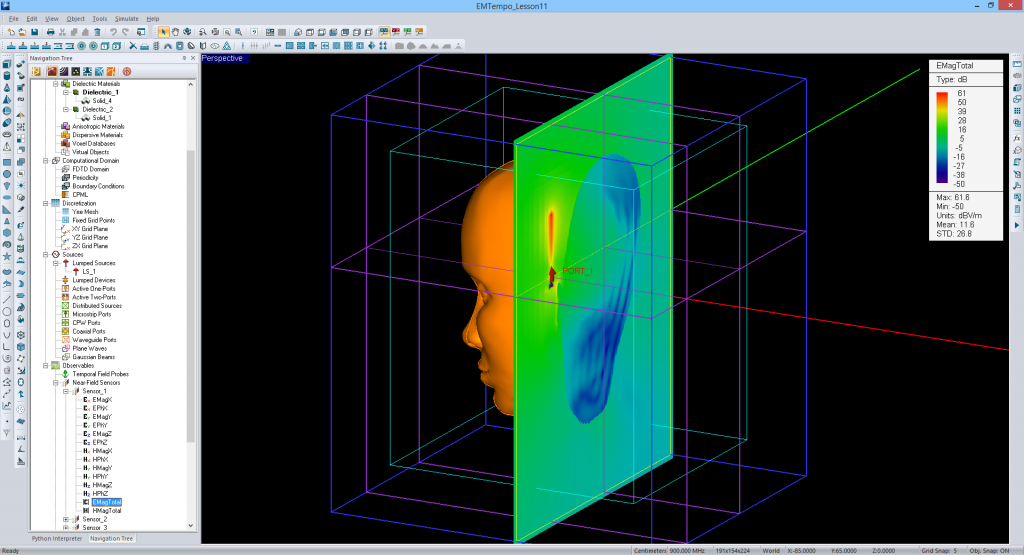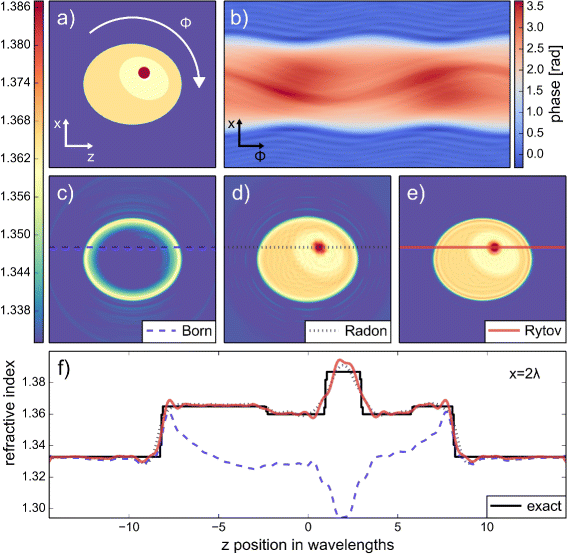

Python bindings (to the C versions) are also provided. Big thanks to my friend Vojta, who also participate.

The present work is organized as follows. Background Generalize the finite difference model into a callable function¶ The 3D finite difference computation in the previous chapter can be generalized by putting the generic parts in a callable Python function and turning the the user or case specific data into the arguments by which the function is called like so: A Python library for the development and analysis of finite-difference models and discrete dynamical systems.
#Python fdtd code
The code is organized into three different files or scripts. # equation and the FTCS scheme: The final method of calculating the Greeks is to use a combination of the FDM and Monte Carlo.
#Python fdtd software
For more complicated problems where you need to handle shocks or conservation in a finite-volume discretization, I recommend looking at pyclaw, a software package that I This is still a quite new library, and the current release must be considered as beta software. The central difference is similar in structure to the forward difference where (3) and can be expressed with a few lines of Python. We will use Python Programming Language, Numpy (numerical library for Python), and Matplotlib (library for plotting and visualizing data using Python) as the tools. I have following set of information Spot: 770. The overall method is the same as above, with the exception that we will replace the analytical prices of the call/puts in the Finite Difference approximation and use a Monte Carlo engine instead to calculate the prices. applied-mathematics dynamical-systems mathematical-modelling discrete-time finite-difference-method.

The central difference is the average of the forward and backward differences. 1d Wave Equation Finite Difference Python. The mathematical derivation of the computational algorithm is accompanied by python codes embedded in Jupyter notebooks. It's Here is a 97-line example of solving a simple multivariate PDE using finite difference methods, contributed by Prof. Another way to solve the ODE boundary value problems is the finite difference method, where we can use finite difference formulas at evenly spaced grid points to approximate the differential equations.
#Python fdtd how to
htmlSolve Diff Eqn using discrete timeFinite Difference Method in PythonSolve differential Equation i This course provides you with a basic introduction how to apply methods like the finite-difference method, the pseudospectral method, the linear and spectral element method to the 1D (or 2D) scalar wave equation. Beyond that, (f*g)'= f'*g = f*g' where the * is convolution, so you end up with your derivative convolved with a plain gaussian, so of course this will smooth your data a bit, which can be minimized by choosing the smallest reasonable kernel.


 0 kommentar(er)
0 kommentar(er)
